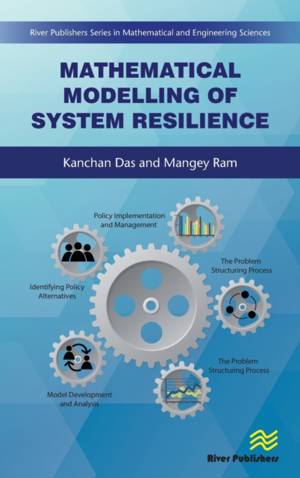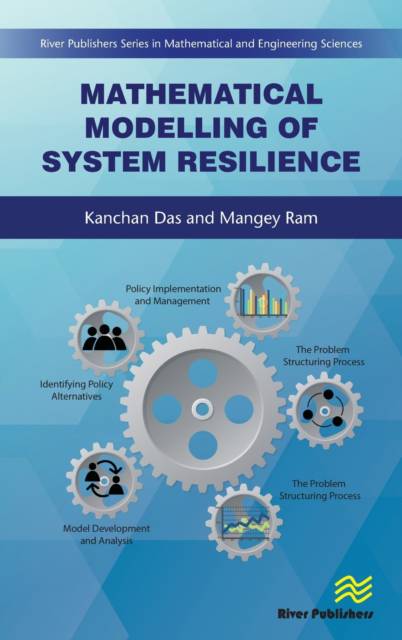
- Retrait gratuit dans votre magasin Club
- 7.000.000 titres dans notre catalogue
- Payer en toute sécurité
- Toujours un magasin près de chez vous
- Retrait gratuit dans votre magasin Club
- 7.000.0000 titres dans notre catalogue
- Payer en toute sécurité
- Toujours un magasin près de chez vous
Description
Almost all the systems in our world, including technical, social, economic, and environmental systems, are becoming interconnected and increasingly complex, and as such they are vulnerable to various risks. Due to this trend, resilience creation is becoming more important to system managers and decision makers, this to ensure sustained performance. In order to be able to ensure an acceptable sustained performance under such interconnectedness and complexity, resilience creation with a system approach is a requirement. Mathematical modeling based approaches are the most common approach for system resilience creation.Mathematical Modelling of System Resilience covers resilience creation for various system aspects including a functional system of the supply chain, overall supply chain systems; various methodologies for modeling system resilience; satellite-based approach for addressing climate related risks, repair-based approach for sustainable performance of an engineering system, and modeling measures of the reliability for a vertical take-off and landing system. Each of the chapters contributes state of the art research for the relevant resilience related topic covered in the chapter. Technical topics covered in the book include:1. Supply chain risk, vulnerability and disruptions 2. System resilience for containing failures and disruptions3. Resiliency considering frequency and intensities of disasters4. Resilience performance index5. Resiliency of electric Traction system6. Degree of resilience7. Satellite observation and hydrological risk8. Latitude of Resilience9. On-line repair for resilience10. Reliability design for Vertical Takeoff and landing Prototype
Spécifications
Parties prenantes
- Auteur(s) :
- Editeur:
Contenu
- Nombre de pages :
- 218
- Langue:
- Anglais
- Collection :
Caractéristiques
- EAN:
- 9788770220705
- Date de parution :
- 31-03-19
- Format:
- Livre relié
- Format numérique:
- Genaaid
- Dimensions :
- 156 mm x 234 mm
- Poids :
- 485 g

Les avis
Nous publions uniquement les avis qui respectent les conditions requises. Consultez nos conditions pour les avis.






